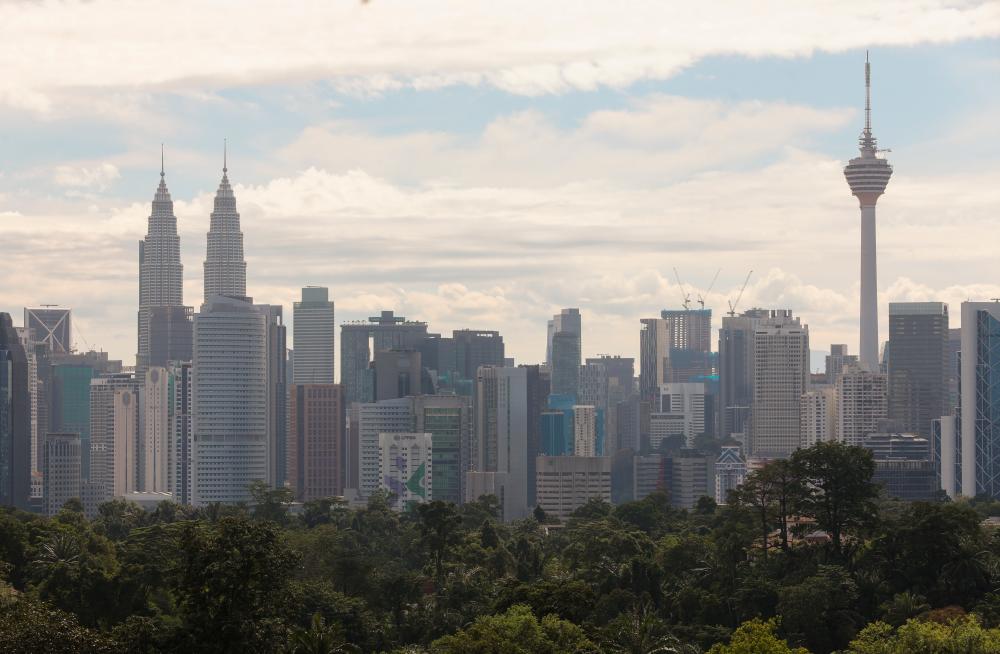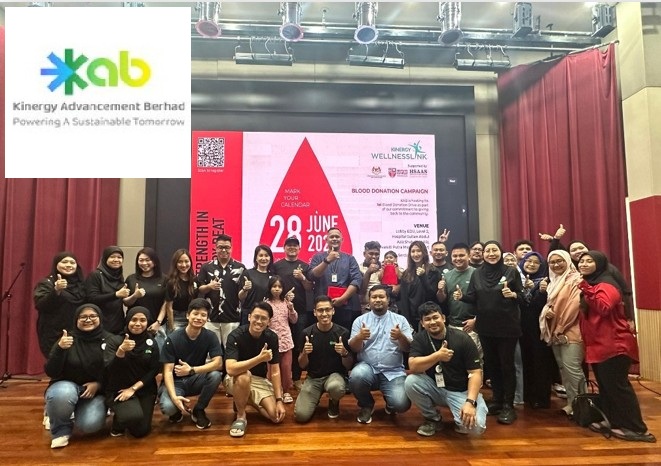MOST of the time, discussions are about national growth and development and this is understandable in countries where states or provinces enjoy little or no autonomy from national governments.
Despite the over-centralising tendencies of many nations, states with limited autonomy have functioned very well with limited resources.
In India, lately, there have been moves to consider why some states have developed successfully while others have not.
For instance, in the last two of three decades or so, states like Tamil Nadu in Southern India have achieved impressive growth rates in comparison with other states in the country.
Given this, the recent focus on macro-economic growth has moved away somewhat to consider the economic performances of states rather than an exclusive focus on the national political economy.
In fact, it can even be argued that states like Tamil Nadu might have pursued economic growth on the basis of certain social and political considerations.
These considerations might have been somewhat diametrically opposed to national polices.
The relative autonomy of the states has enabled states to carve out their own model of governance.
While the national government might have built on the existing class and caste stratification to sustain economic growth, states like Tamil Nadu might have inadvertently given its traditional opposition to the centre taken the path of mobilising lower castes for growth and development.
Years of oppression on nation politics rooted in the mobilisation of lower castes against the upper castes by way of education, reservation, employment and others have provided the opportunity and freedom to the former to challenge the status quo dominated by the upper castes.
Tamil Nadu’s experience might be unique; not many states or countries have to contend with the pernicious stratification of both class and caste.
To define caste as class might be an oversimplification that ignore the debilitating aspect of caste in comparison with class.
The permeability of class might be absent in societies stratified by caste.
There is need to rethink about the developmental experiences of sub-national states of provinces.
Such a rethinking might allow us to consider and highlight the particular experiences of the states with the larger political and administrative domains.
The relative autonomy that is provided under the constitutional framework provides excellent opportunities for states in Malaysia to carve and redefine their own developmental models.
They might not be in opposition to the national model but might be complementary.
This is more so in states in the country that are governed by the opposition.
The political freedom and the politics of opposition have provided these opposition states the potential to look at development from a different perspective.
States like Penang and Selangor might have different developmental stories to tell when it comes to why these states have enjoyed successful economic development over the last few decades.
It might not be the successful development measured in growth data per se, but the kind of governance model that was used to beget the kind of economic and financial performance.
Is it possible to talk about the governance models of Penang and Selangor?
I am simply trying to explore a theme that might not have received the attention that is due.
I am also mulling if there is a possibility to rethink or reconfigure the notion of development, growth and economic development under a set of political and social conditions.
The political economy of re-examining the development trajectories of sub-national units within larger political domain is something worth pursuing.
It might lend credence to the fact that the sub-national units are not smothered by the over-centralising dynamics of national governments, but possess the initiative and the relative freedom to complement national development.
The Chief Minister of Tamil Nadu MK Stalin whose party came to power year ago has spoken incessantly about the Dravidian Model of development.
Impressive figures are given to argue why the Dravidian Model is successful model of development.
The answer is not so much in the realm of economics but in the successful mobilisation of the lower castes against the upper castes rooted the famous Dravidian ideology of anti-Brahminicism articulated by Periyar Ramasamy and those after him.
In essence, it was the political economy of caste mobilisation against the long entrenched upper castes that is the essence of the Dravidian Model.
The political and social mobilisation of the downtrodden elements of society are essential to achieve success in growth and development.
Without this mobilisation or the release of human potential by way of education and training it is not possible either to democratise society.
The full benefit of development cannot be achieved without the democratisation of society or freeing human beings from the clutches of class, caste and other forms of oppression. – June 14, 2022
Prof Ramasamy Palanisamy is the state assemblyperson for Perai. He is also deputy chief minister II of Penang.
The views expressed are solely of the author and do not necessarily reflect those of Focus Malaysia.
Photo credit: The Sun









